The SEND Acronym Guide
This guide will provide information about the meaning of over 100 widely used acronyms.
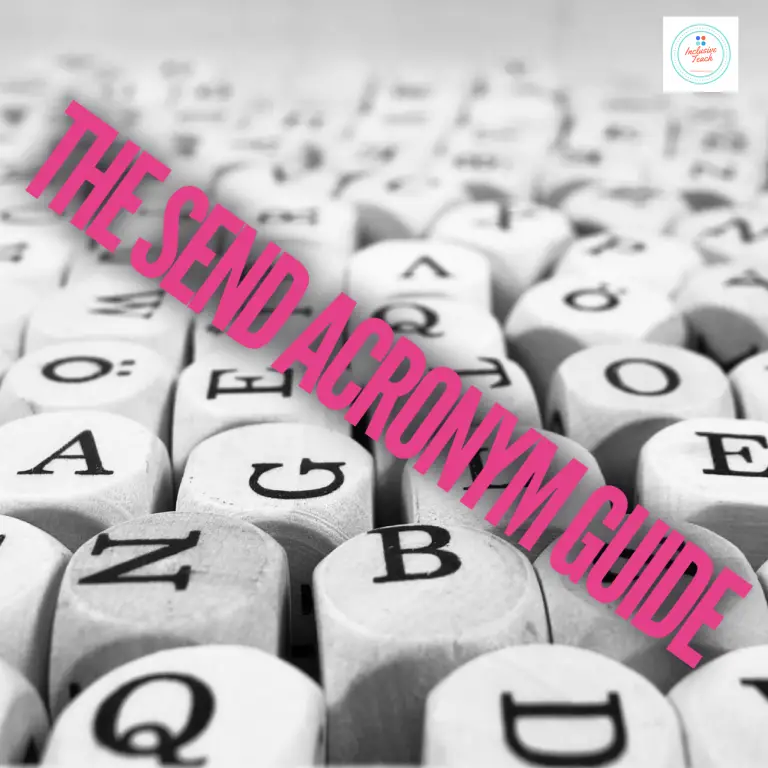
This guide will provide information about the meaning of over 100 widely used acronyms.
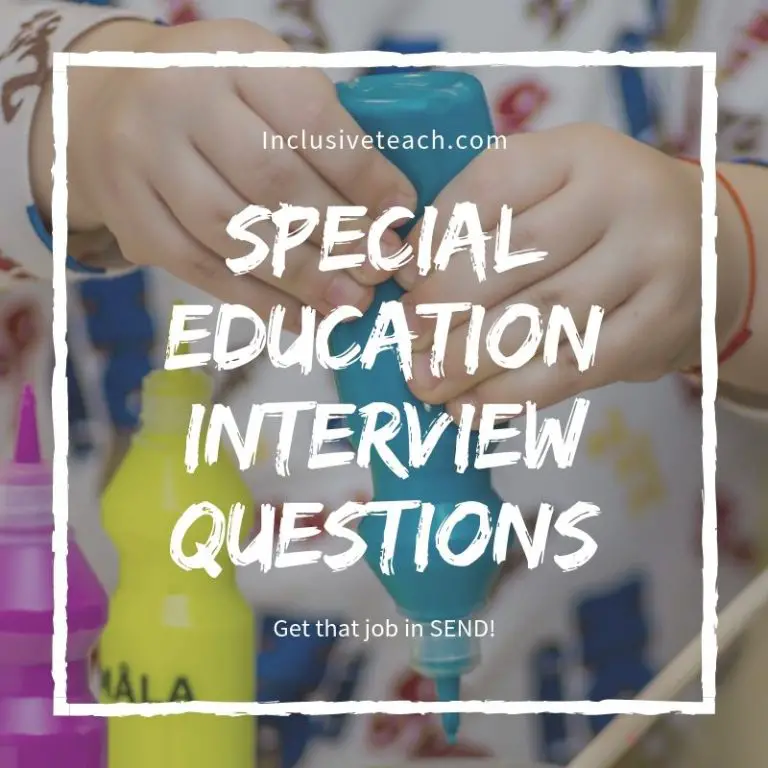
Whether you are a newly qualified teacher or an experienced educator, we will be able to help you secure positions working in one of the most rewarding sectors of UK education.
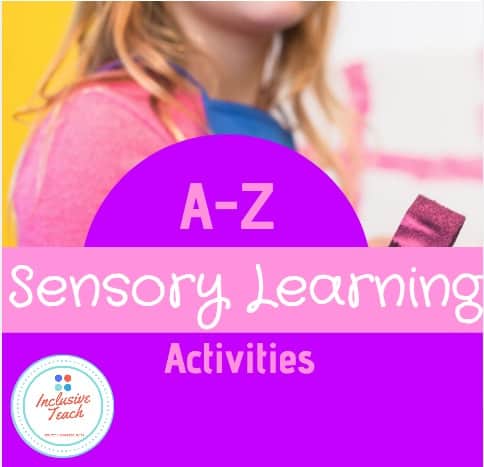
Why sensory Learning? Sensory learning – Sensory activities are those designed by educators to facilitate exploration encouraging children to…

There were so many important developments in the world of special education during the first part of 2019. Many seem to be focussing (and about time) on humanising the stories behind the labels and pushing for accountability of those in positions of power.
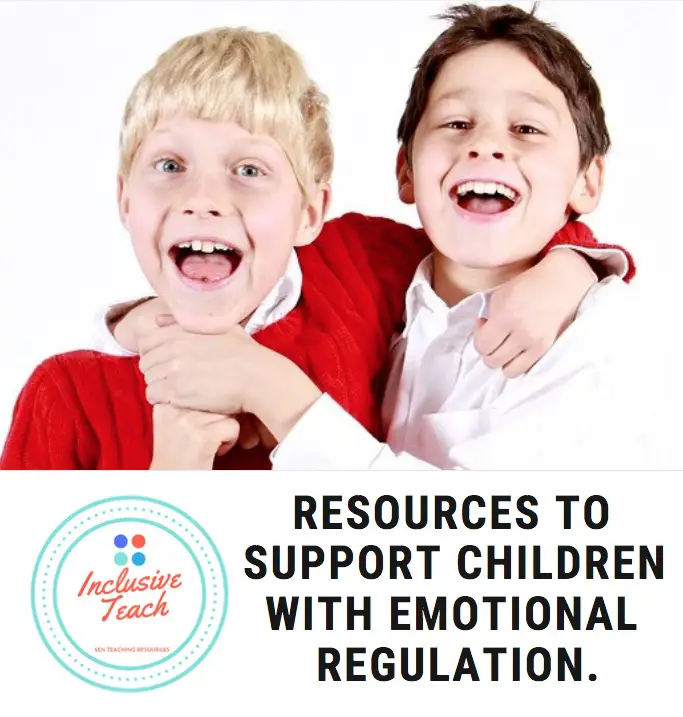
Recognising your own emotions and identifying effective strategies for managing these is a key skill for any child.
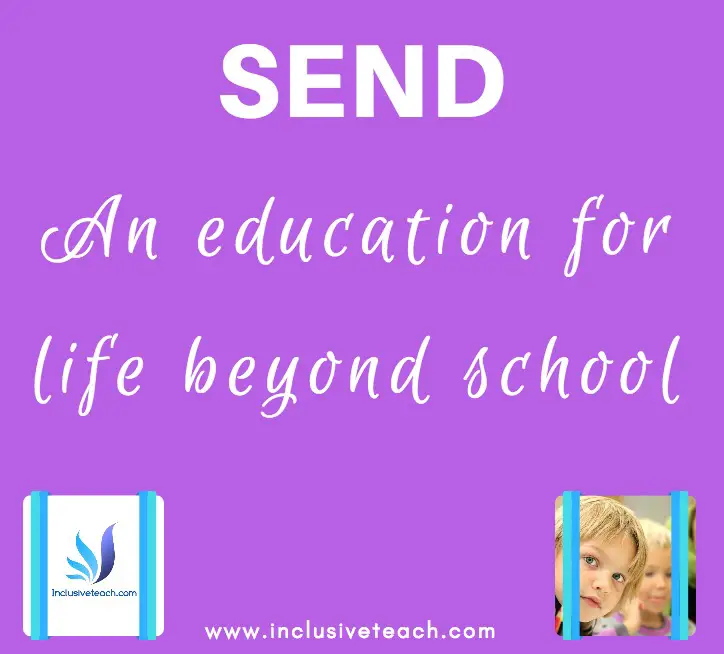
f teaching is a vocation then working in the field of special needs is a calling.

It is that time of year when trainee teachers are finishing their placements and looking for a school to begin their teaching career in. I hope some of you consider moving into the SEN sector. It is a great opportunity to build so many essential skills. It is also a great way to get to know the child behind the label, behind the stereotypes and textbook generalisations.
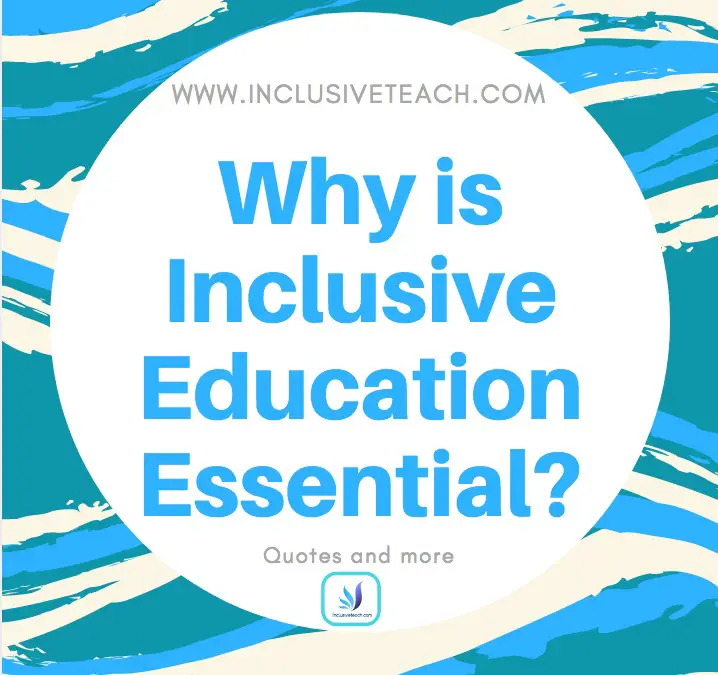
Inclusive education is at the heart of education thinking in the UK but seems constantly challenged by policies such as Zero Tolerance behaviour and spending cuts that remove the support so important for our children to thrive in school.
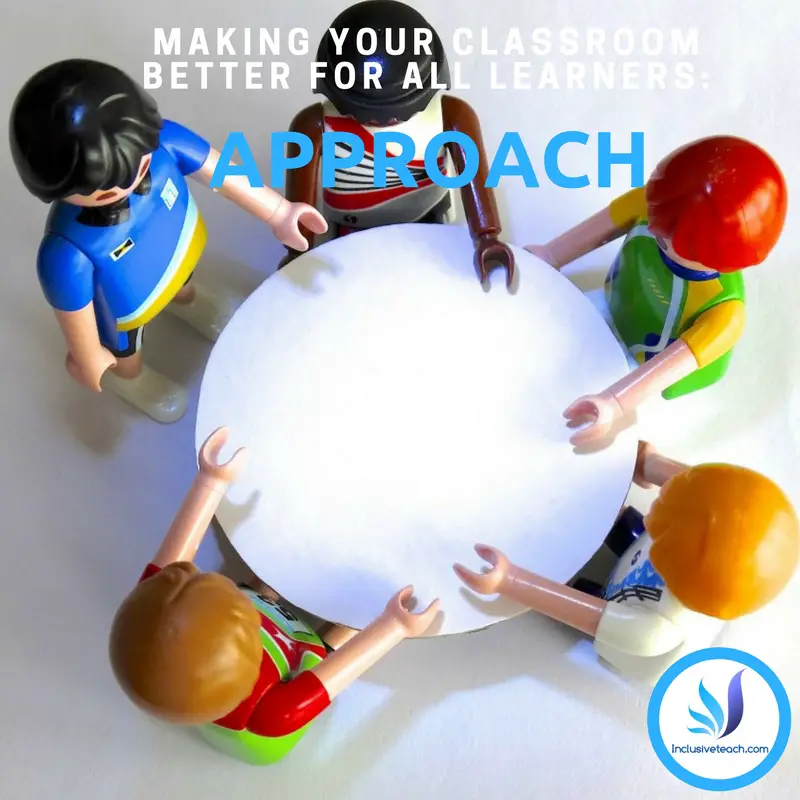
Creating An Accessible Classroom Making sure your classroom is accessible to all learners is a crucial step in creating…
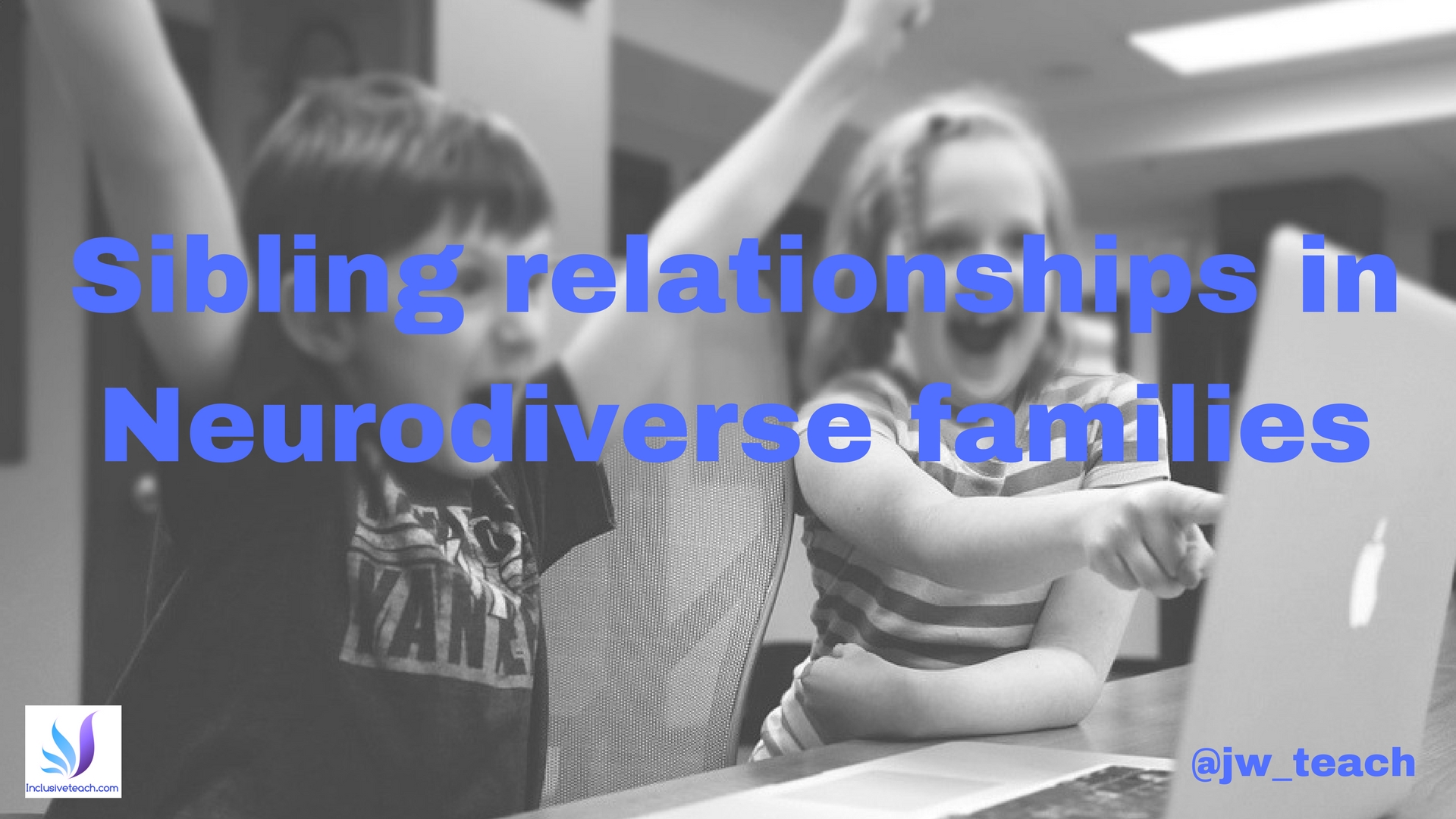
The interactions, bonds and relationships of a family unit are so diverse that what may help one family will insult another.
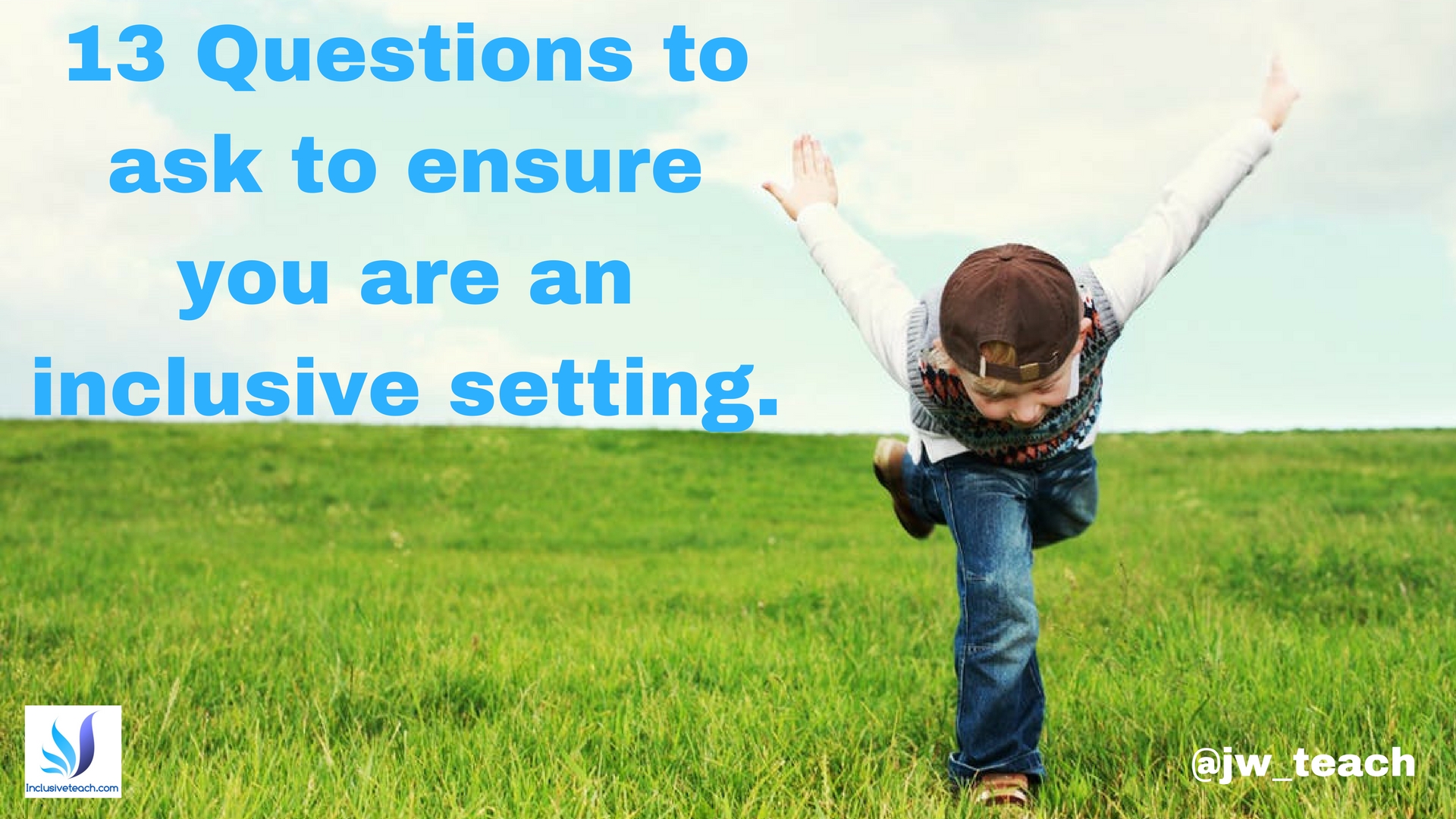
This is blog post is primarily school-based and SEND focused, but can any education or care setting that strives…
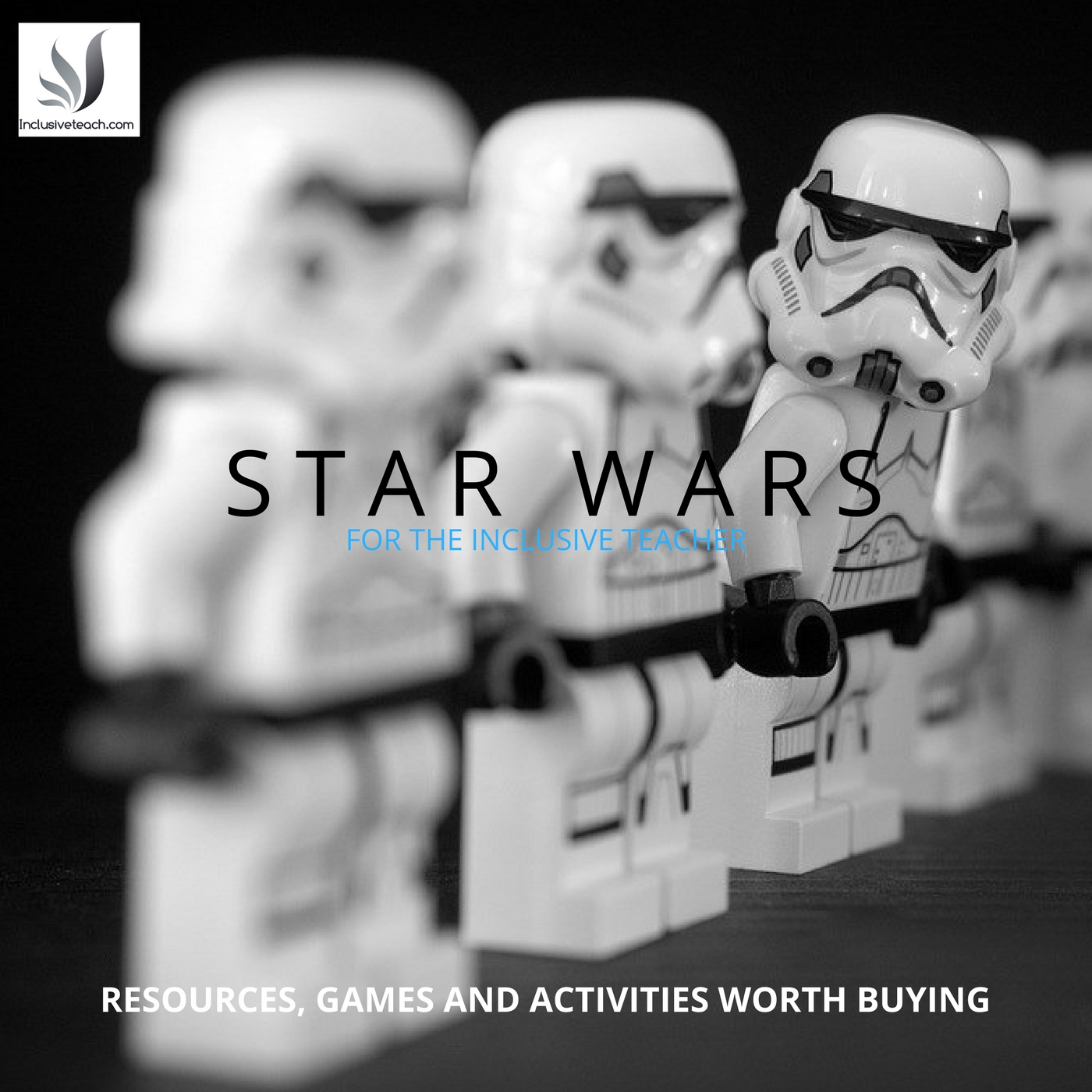
Seeing as my most popular post is Star Wars quotes I thought why not tap into the force and write a post on Using star wars toys, games and lightsabers in the classroom. All these have links to the products but my favourite way to gather resources is to ask fellow Jedi teachers/friends to remember my little rebel alliance when having a pre-Christmas clear out.
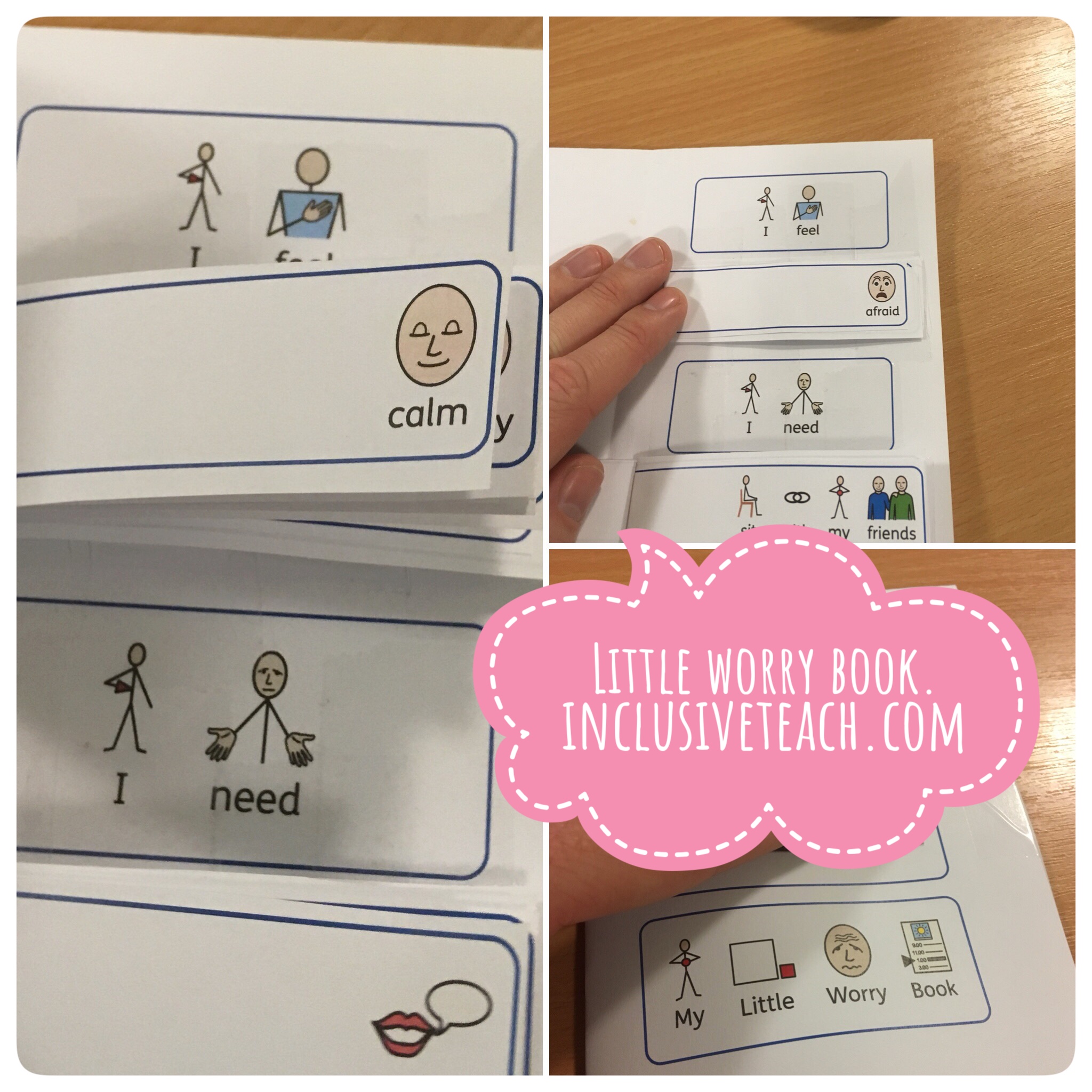
I needed something quick and simple to support a young student through a difficult time. She was very reliant on staff to support her with very little idea ways she could help herself without getting overwhelmed. Her actions suggested she needed some prompts to think of ways to ask for help.
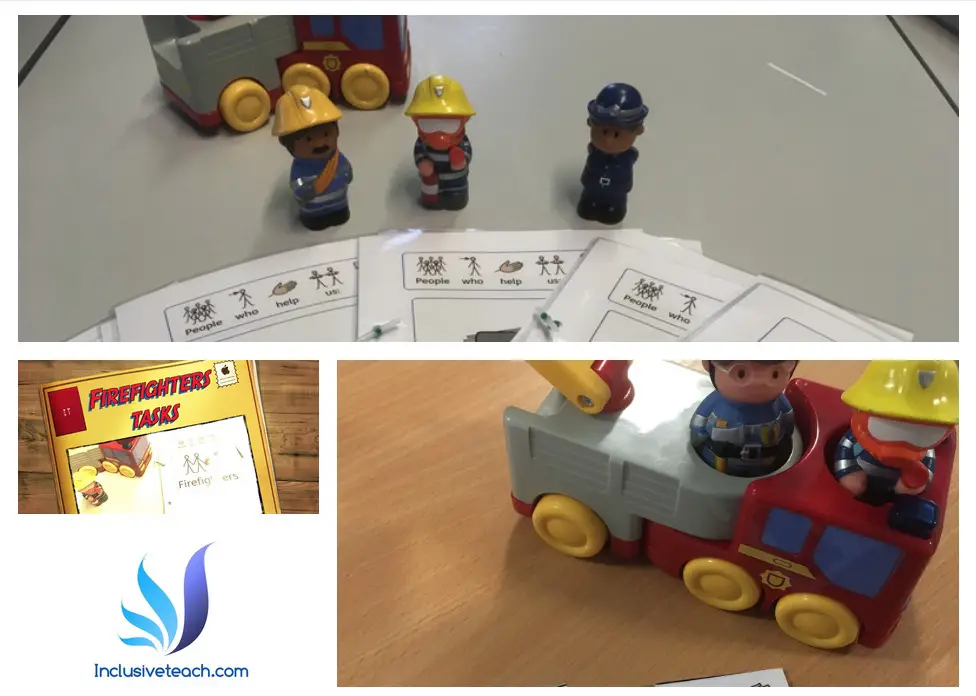
Free Printable SEN teaching resources focusing on firefighters and people who help us.
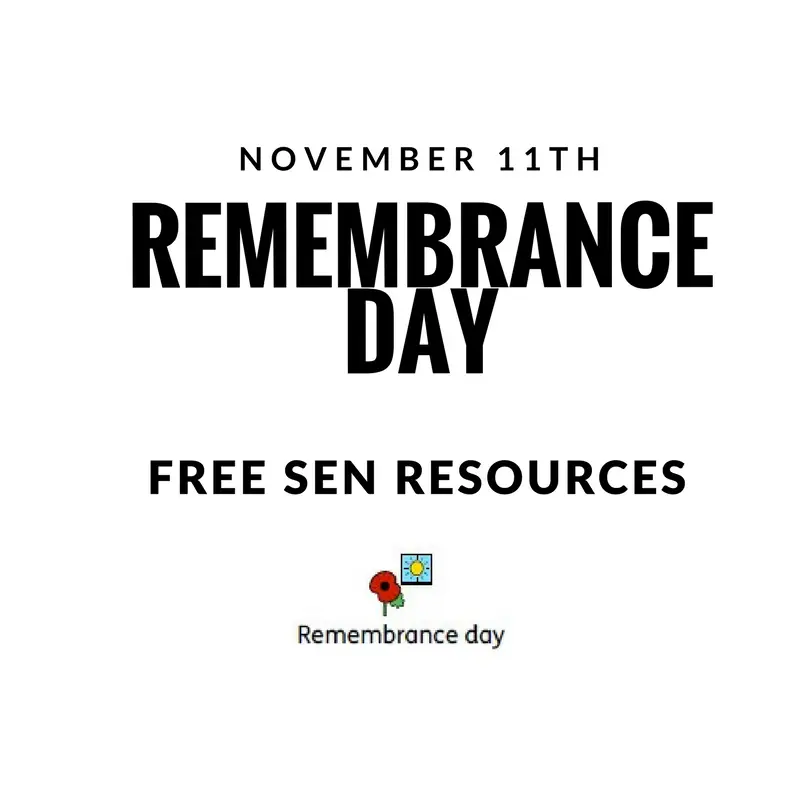
These are the resources I have made to use with my class to support learning about Remembrance Day this November. Poppy themed with a UK focus all use similar images and symbols . I hope they are of some use with your children.
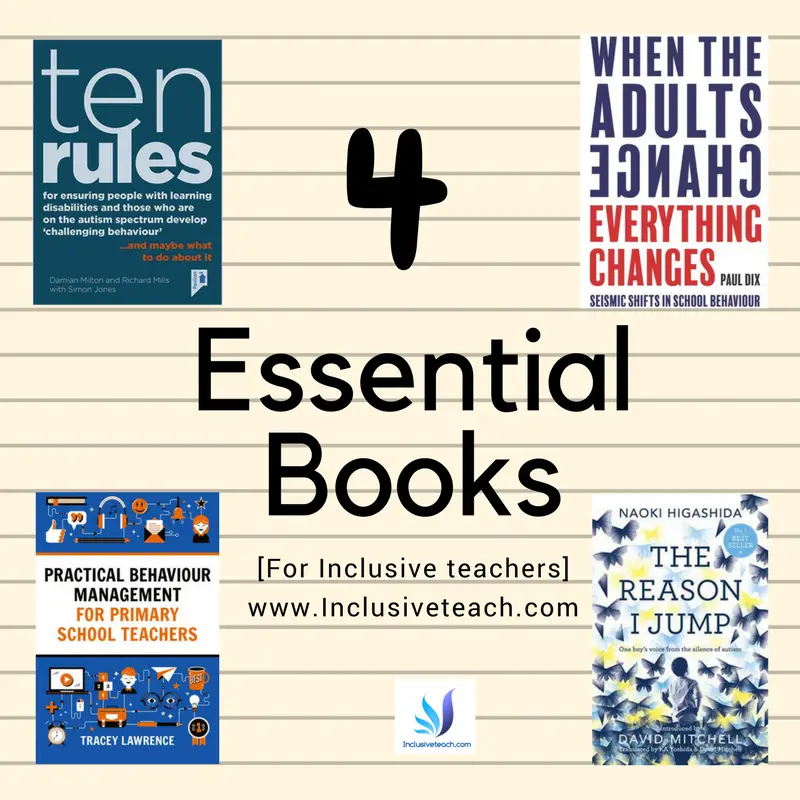
These books are only those I have read and can recommend. They all follow an inclusive and positive support ethos. They all also focus on the only part of behaviour support we can control – ourselves. If your school has a zero tolerance behaviour policy read these and make it your mission to get that rewritten.I will get around to doing a second post but I need to get reading first!
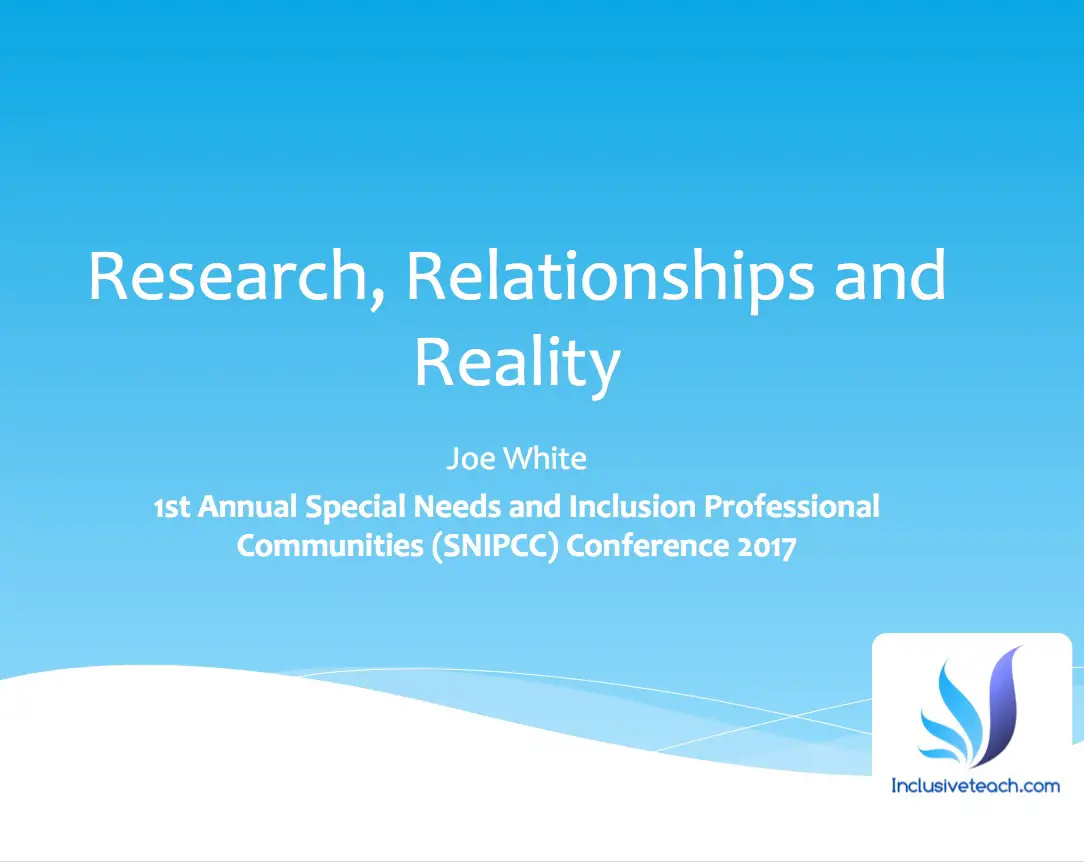
This post will outline the role relationships play in behaviour support, I will also outline some of the research led practices I have used. Before I start I do want to say that I have read studies I do not agree with. I also know that a huge number of studies conducted ON Autistic children/adults focus on strategies intended to normalise social behaviours which is a huge ethical issue. Fortunately I have had the opportunity to listen to and discuss elements of my practice with actually Autistic academics and practitioners. This has greatly shaped my approach and ethos towards behaviour support, I will also admit this has slanted my view of a lot of studies that remove the human element from behaviour and reduce the children to purely objects to study. To this end I fully expect some of the approaches in the post and the presentation to be a bit controversial and I am 100% sure that at least some of them will contravene your school (or center’s) behaviour policy.
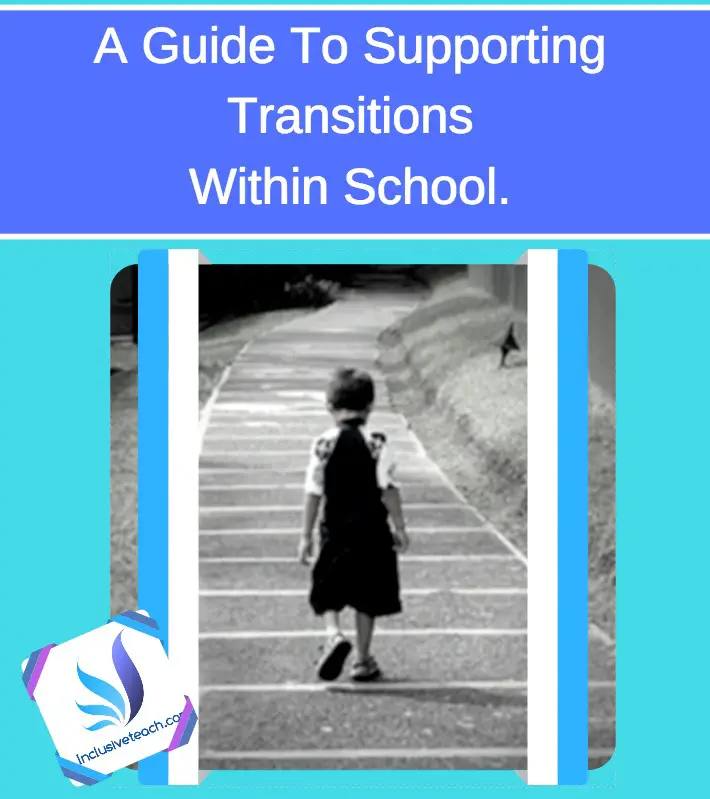
A Guide to supporting transitions and changes with Autistic students within school.
Transition is a challenge that our students face on a daily basis. These transitions take place on a range of scales. From the micro transition of switching thoughts between tasks to major physical transitions between environments. The number of individual transitions an individual will undertake throughout the day is huge. Each one may well be a source of stress and anxiety for each student. The level of this anxiety and how it is communicated to us will vary dramatically. As with all the actions of our students this stress may not be easy for us to interpret. The quotes are from Autistic people I asked but are anonymised. I know I do not include enough Autistic voice, I will strive to expand this in future posts (I would welcome your comments.)
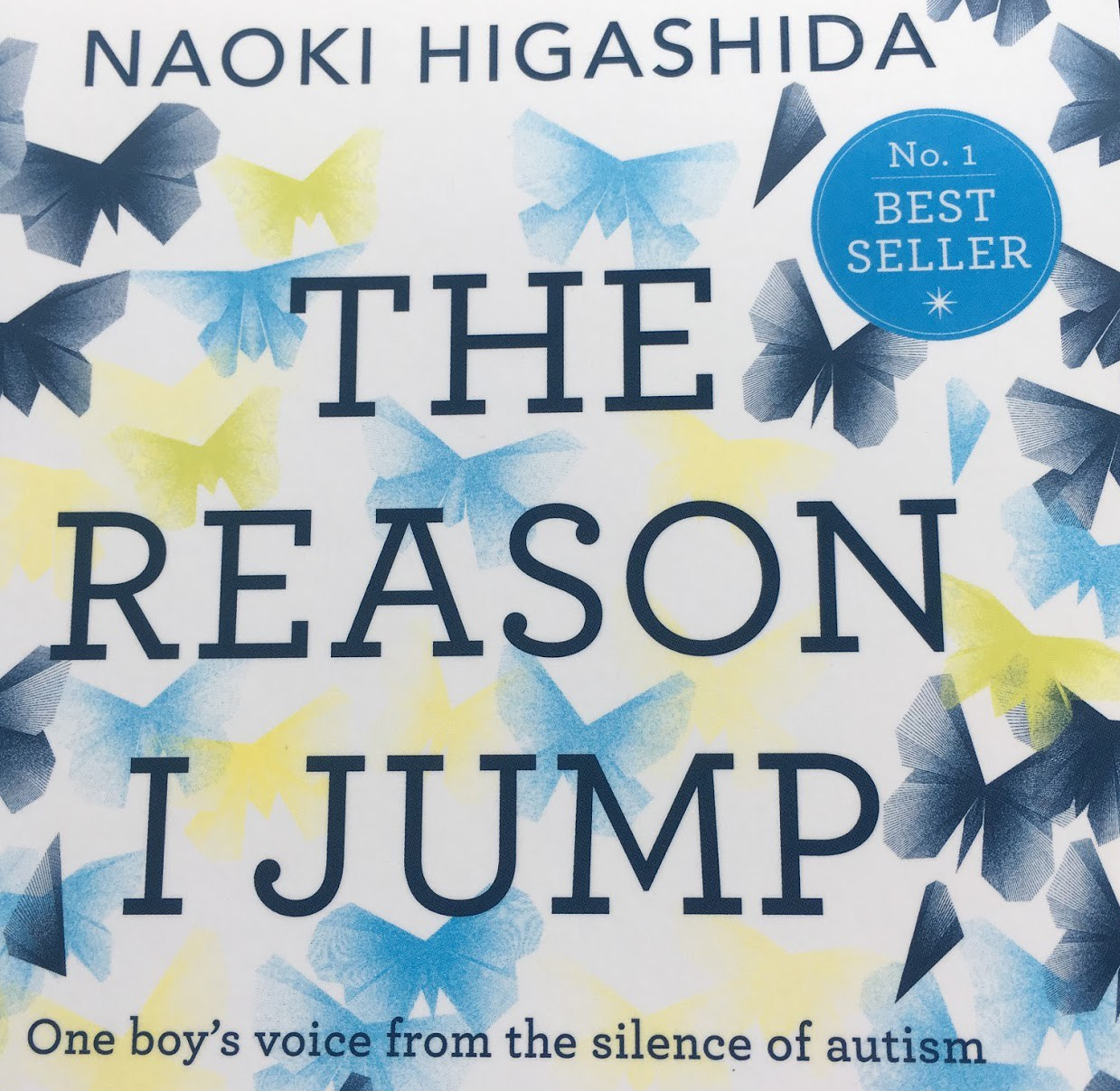
Written by the then 13 year old Naoki Higashida an Autistic young man from Japan The reason I jump is a fascinating insight into his views on how Autism has shaped his perspective of life. The book answers a series of questions put to Noaki which he answers using an alphabet grid devised by his mother.
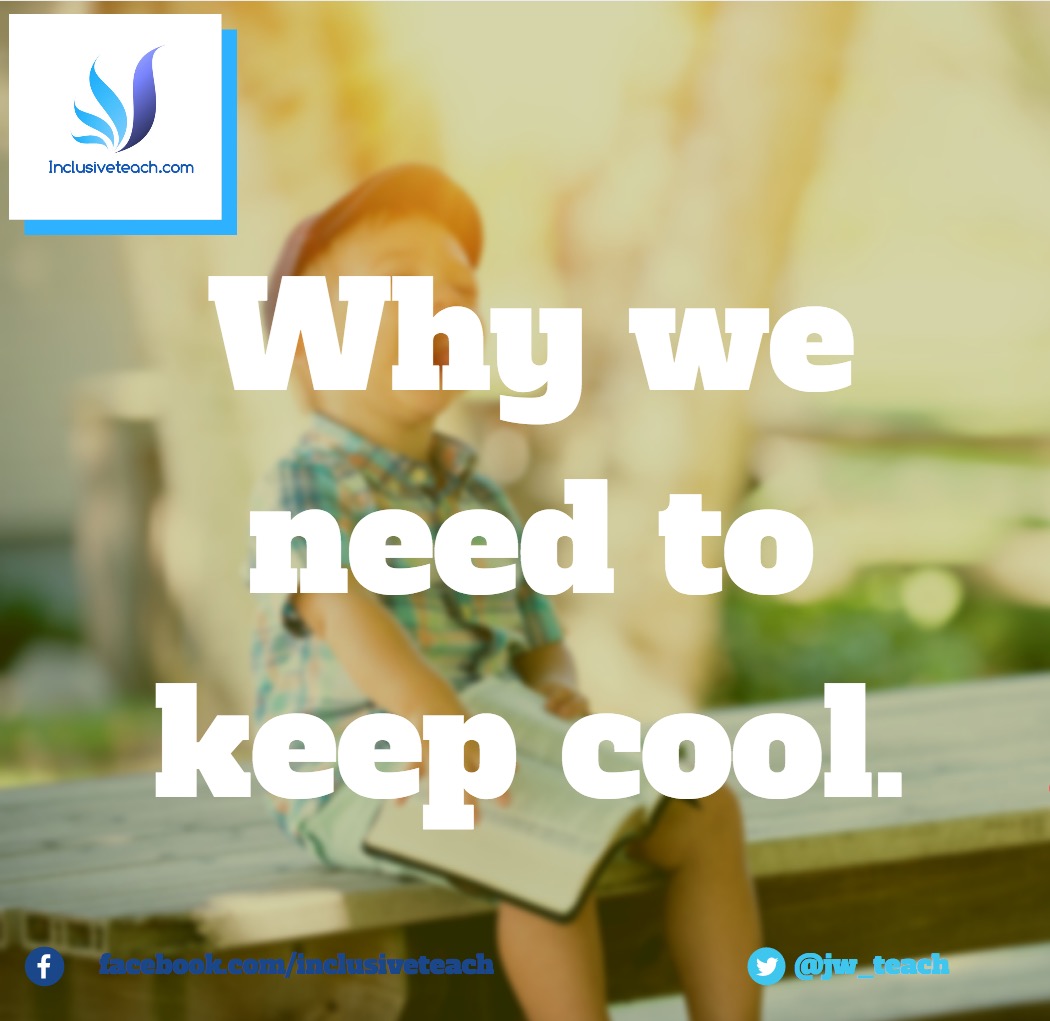
How would hot weather influence behaviour? This seemed apt to post now as the country simmers slowly beneath the…

You must be logged in to post a comment.